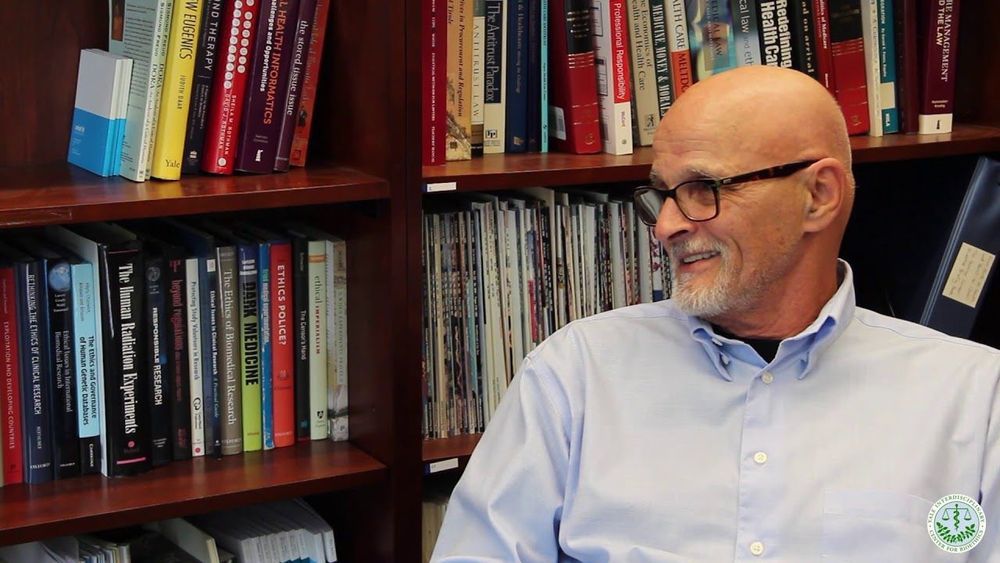We have the technology to potentially add a 47th chromosome, to compound as it were, a new human entity. The implications are enormously consequential.
C.S. Lewis warned about our final mastery over nature, and the inevitable drift into a future world where knowledge about the old world completely vanishes, where what once was, irretrievably transforms into something else:
… We do not look at trees either as Dryads or as beautiful objects while we cut them into beams: The first man who did so may have felt the price keenly, and the bleeding trees in Virgil and Spenser may be far-off echoes of that primeval sense of impiety … The great minds know very well that the object, so treated, is an artificial abstraction, that something of its reality has been lost.[1]
I say with confidence that I can’t swim the Pacific, but for a whale, it’s possible. Like whales, to the extent we can exploit the full measure of our form, we may insure the survival of those that follow in our wake.[2] But, what happens when “form” transforms a species, not in response to Darwinian adaptation, but by design? Does it improve its sustainability or work at cross purposes, perhaps creating another species?1 About 32,000 years ago, canines were probably the first animals altered by humans. Bully for us, we tamed the wolf. In some cases hybridization changes the number of chromosomes carried by the crossbreed. The mule for example has 63 versus 64 carried by the dam (female horse parent) and 62 carried by the sire (male donkey parent).2 The different structure and number renders mules superior to horses or donkeys in some respects, but brings with it infertility.
